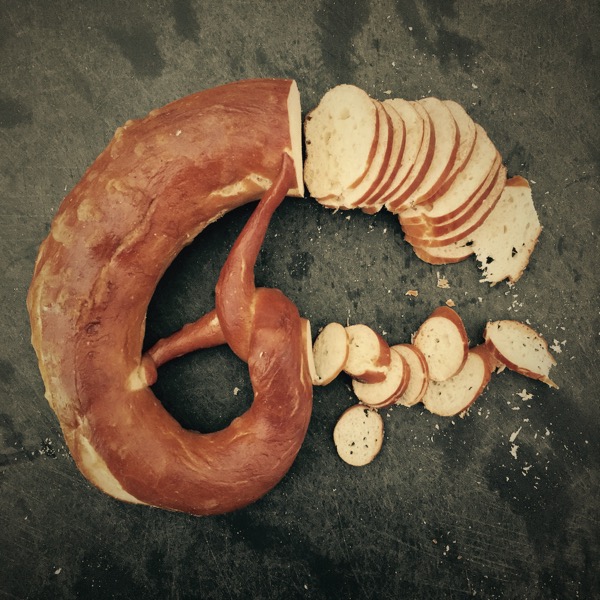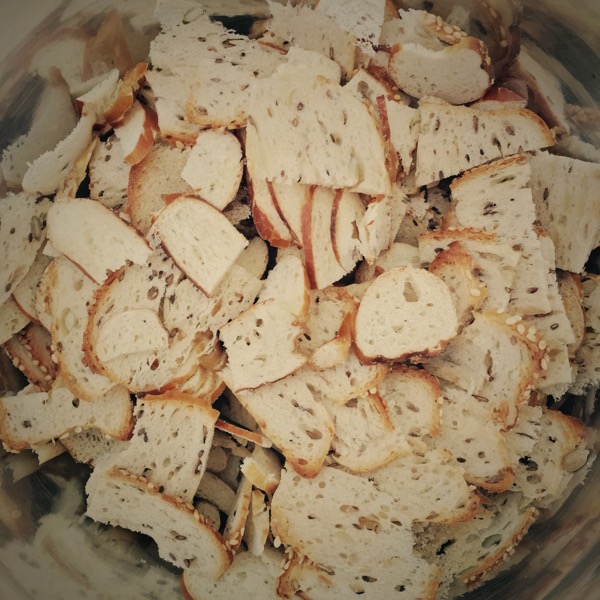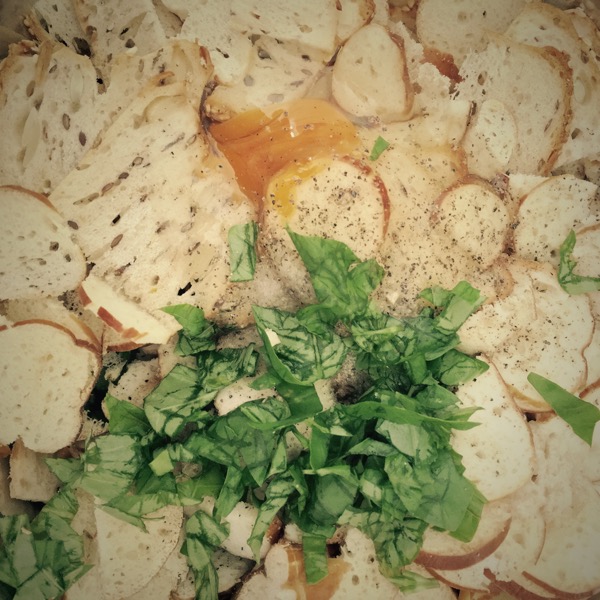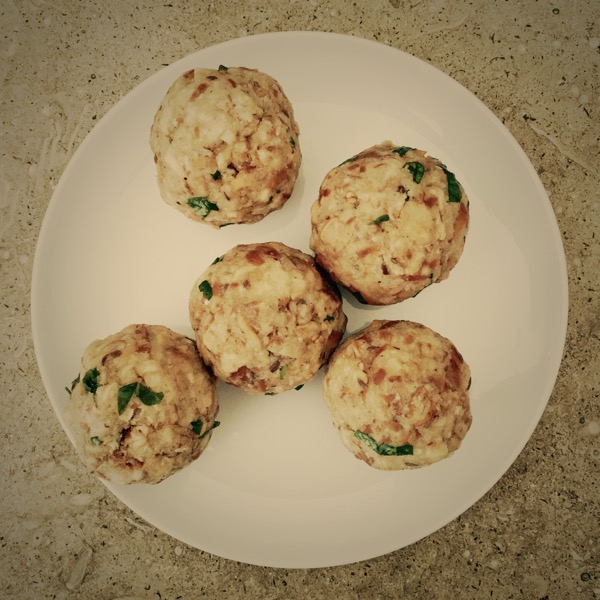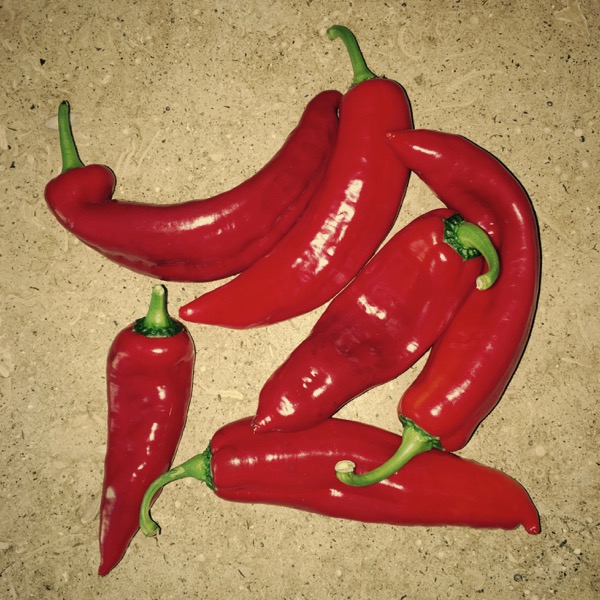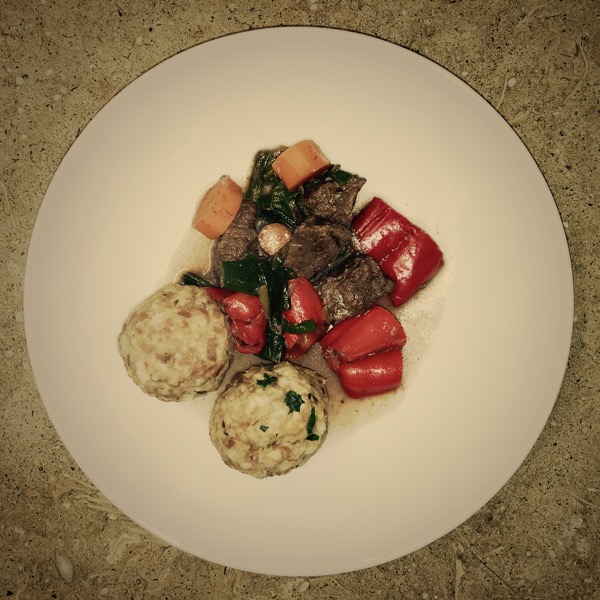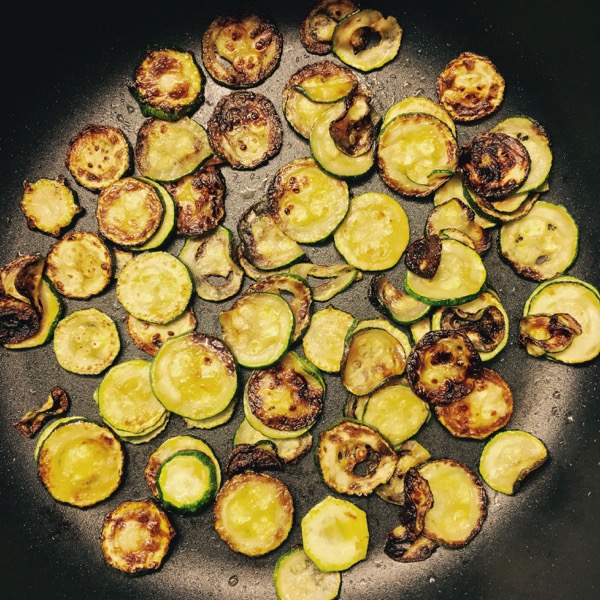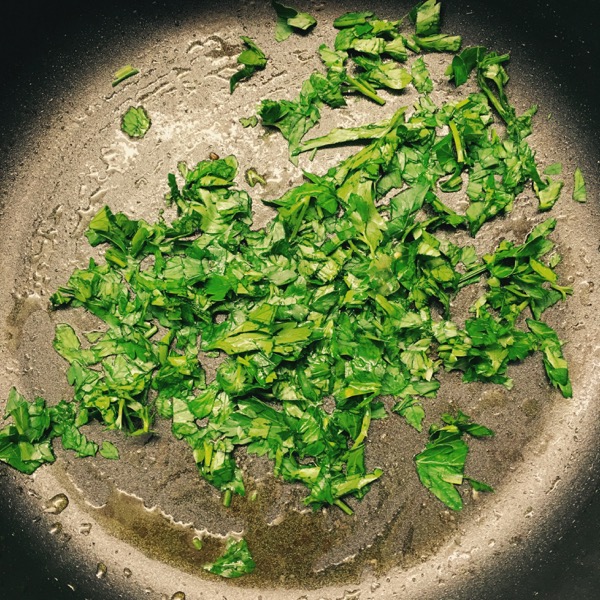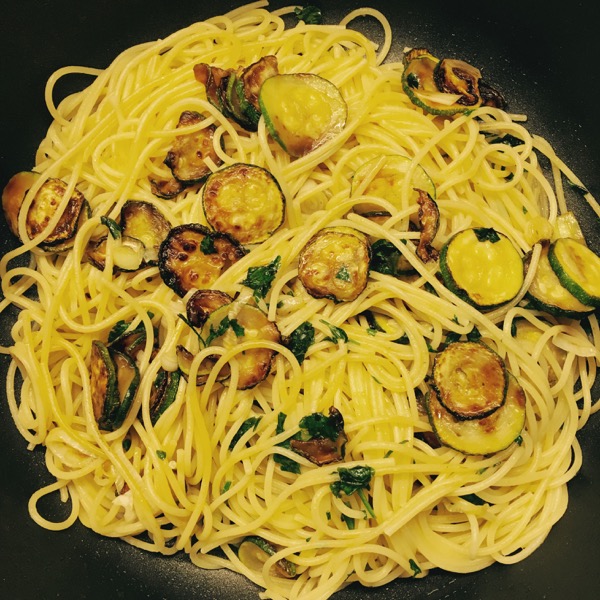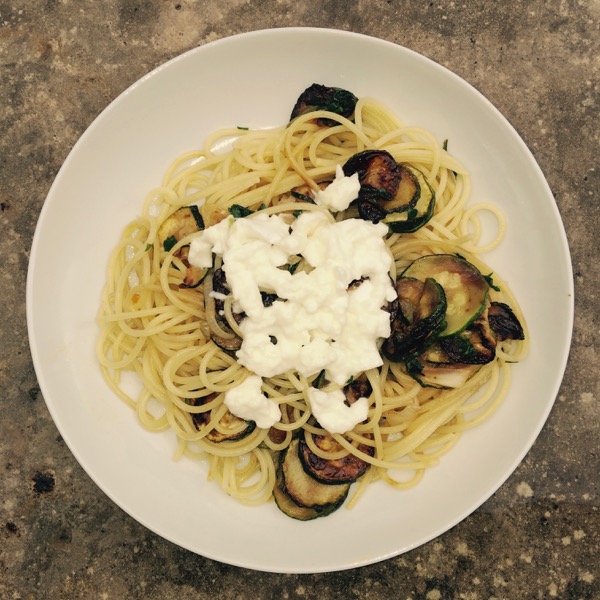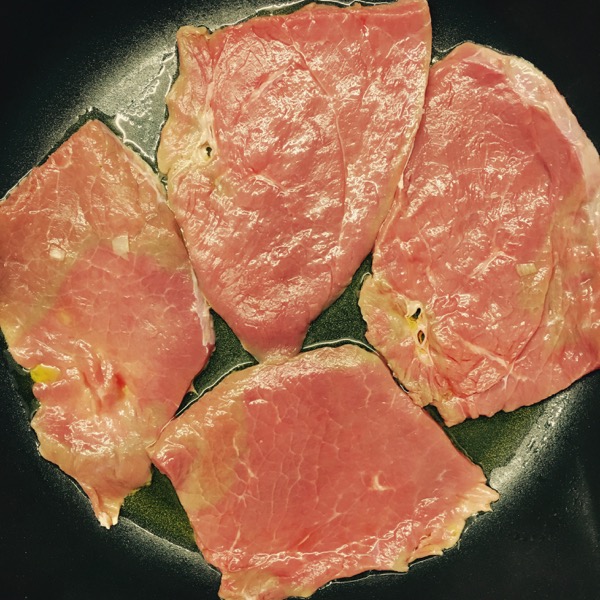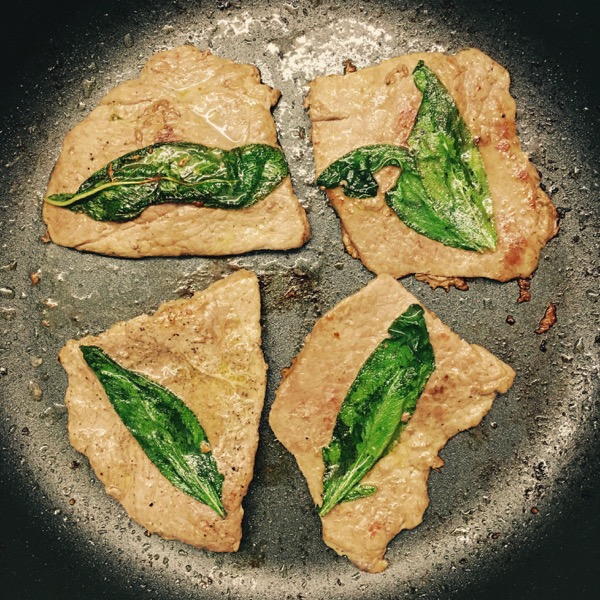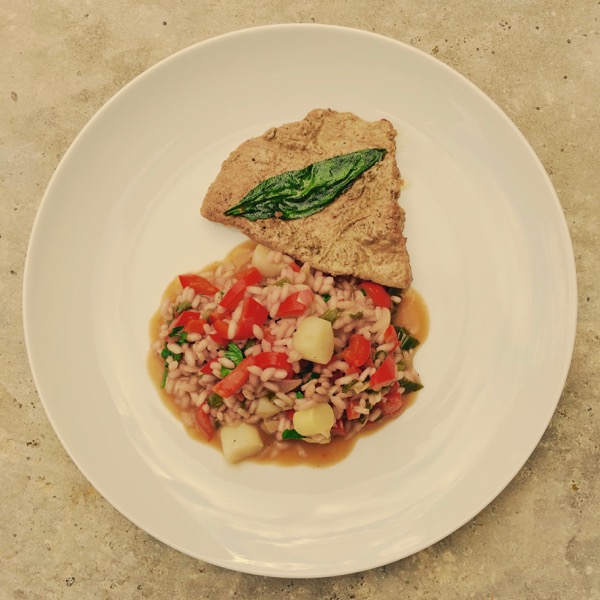My Bavarian-Italian theme continues, with an idea that came about because, as beautifully equipped as the kitchen here is, I don’t have a freezer. And I’ve been buying brezen, the Bavarian bread that Americans call pretzels, once in a while. The real thing is just so much better than any version of it that one can buy in other countries! But they don’t stay fresh for long, so after a week or so, I had some stale brezen and other bits and pieces of old bread. What to do? I hate throwing food away, so I decided to make a version of Bavarian bread dumplings. Usually, Bavarian bread dumplings are made with thinly sliced white bread from rolls (“Semmeln”) that have gone stale. So the trick with Brezenknödel is that you substitute the white bread with brezen. I’ve eaten this once or twice at upscale Bavarian dinners, so it was time to try my own version.
I started by cutting the Brezen into very thin slices. You’ll need a bit of time for this and a good knife. And since I had some other old bread, some of it with spices, I added that, hoping it would all come out right.
Next you need a bit of milk and one egg. And in theory, you need parsley. But I used all my parsley for yesterday’s Simple Pasta. So I used basil from the garden instead. For regular bread dumplings, you’ll also need salt and pepper. For my version today, I went light on that, given that the bread I was using was already on the spicy side.
Now you have to mix the dough, which is easiest done by hand. Once the bread has soaked up the milk and egg, take chunks of it and roll them until you have lovely round dumplings.
Bavarian dumplings, of course, tend to be served with meat, and my meat was already simmering on the stove. I had walked into the butcher’s store in the morning, saying I want something to go with dumplings, and the owner recommended what she called an upscale beef stew, cut from a piece that was almost too good for stew. Well, it was perfect! It smelled and tasted almost like game. Perhaps this isn’t a surprise, since the farm animals here are grazing outdoors, eating wild flowers all day. My stew was super simple, prepared like Boeuf Bourguignon (I’ll tell you some other time what my personal version of that is), only that instead of carrots I used some lovely red peppers.
So here it is all on a plate—I hope it looks as tasty and fragrant to you as my guests said it was!

